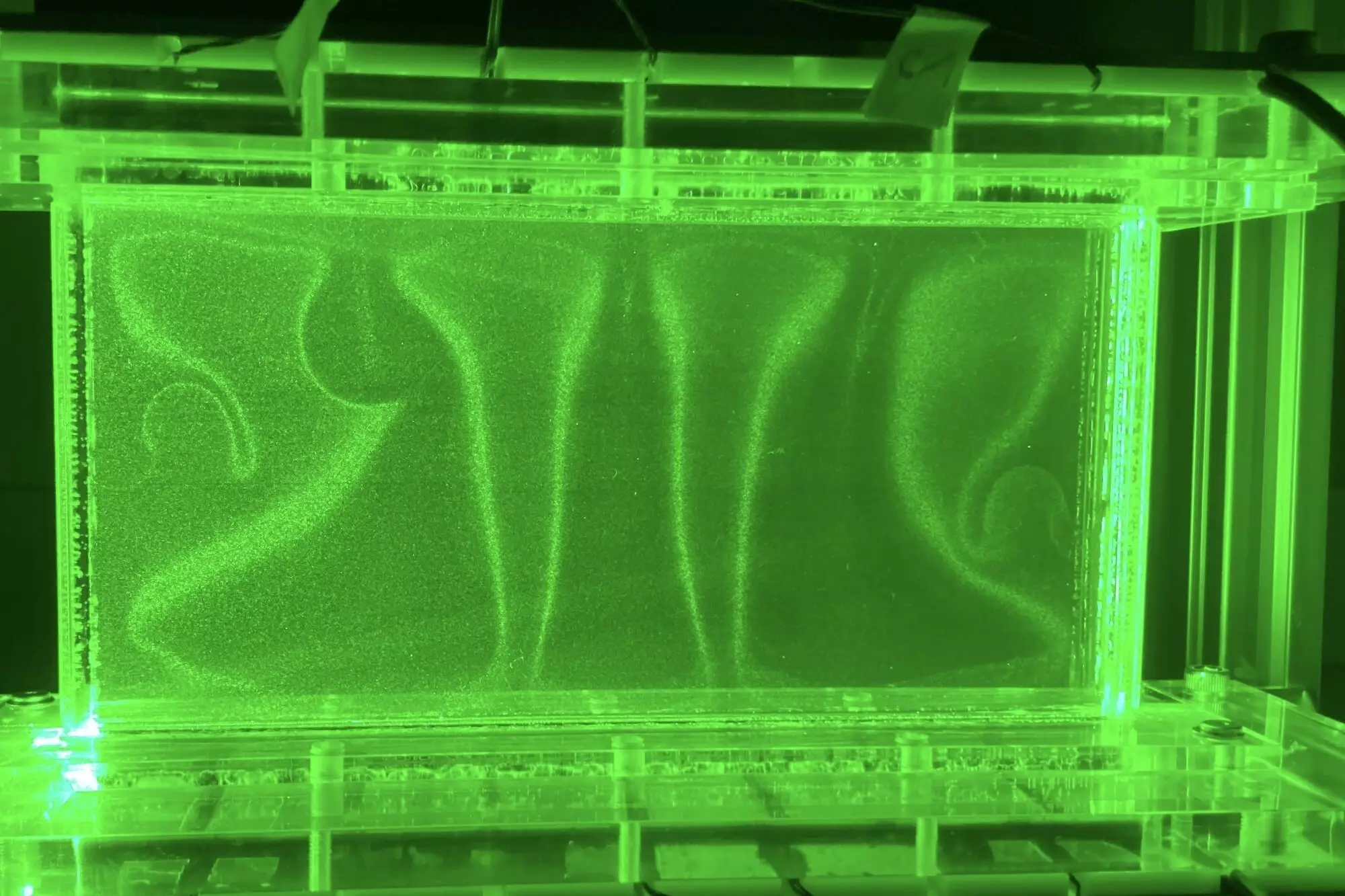If you’ve scrolled through your social media feed recently, you might have encountered a myriad of flashy videos showcasing the culinary magic of air fryers. These gadgets promise to simplify meal preparation while promoting healthier eating habits compared to traditional frying methods. Yet, the technology behind these modern kitchen wonders isn’t as groundbreaking as it may seem. At its core lies the age-old concept of convection—a process that has long been exploited within the realms of both nature and culinary arts. Understanding convection is pivotal not only for utilizing convenient cooking devices but also for tapping into advanced scientific principles that govern heat transfer in various contexts.
Interestingly, the functionality of air fryers echoes the principles elaborated by fluid dynamics scientist Hugo Ulloa from the University of Pennsylvania. In simple terms, convection operates on the idea that heat causes differences in density, leading fluids to move in predictable patterns. These principles operate not only in the confines of our kitchens but also across immense natural systems, such as oceans and even the Earth’s interior. Ulloa’s reflections on this age-old phenomenon reveal its complexity when examined under restricted conditions, an area that has been the focus of recent groundbreaking research.
Exploring Convection in Super-Constrained Spaces
In collaboration with postdoctoral researcher Daisuke Noto and Juvean A. Letelier from the University of Chile, Ulloa has investigated how fluid dynamics change within tightly confined spaces. Their findings, recently published in the *Proceedings of the National Academy of Sciences*, mark a significant leap in our comprehension of heat transfer in these complex environments. Through their inquiry, they discovered that the efficiency of heat transfer is intricately influenced by the degree of confinement and the specific flow conditions of the fluids involved.
This paradigm shift in understanding holds potential implications far beyond cooking techniques. Enhanced geothermal energy harvesting, precision biomedical devices, and effective computer cooling systems all hinge on the efficient transfer of heat. As our devices become increasingly powerful and energy-hungry, the quest for more effective cooling solutions becomes paramount. Ulloa emphasizes that their research could pave the way for advancements in these critical areas, positioning it as a linchpin for various technological innovations.
The Innovative Methodology Behind the Research
At the heart of the study lies a carefully created experimental design, employing a Hele-Shaw cell, which consists of two closely aligned parallel plates. By manipulating variables such as gap size and temperature gradients, the researchers shed light on the nuances of how heat interacts with fluid motion in confined conditions. Ranging from gaps of just 2 to 4 mm and temperature differences from a mere 1 °C up to 30 °C, the experiments revealed fascinating insights.
One notable discovery was the emergence of thermal plumes—tiny mushroom-like structures arising from the base of the configuration. According to Noto, these plumes hold the key to understanding convection. Depending on the size relative to their surroundings, they can either develop in three-dimensional space or flatten into a two-dimensional flow. This transition is not just academic; it has real-world consequences on how heat is transferred, with significant variations in efficiency highlighted by the researchers.
Heat Transfer Dynamics in Action
Ulloa’s and Noto’s findings illustrate a nuanced balancing act where smaller gaps lead to compressed thermal plumes that enable efficient energy transfer. Conversely, larger gaps allow plumes to grow unfettered, resulting in higher but less efficient heat distribution. This delicate interplay creates a fascinating interplay where seemingly minor variations in gap size yield substantial changes in thermal dynamics. The implications of this research target a wide array of applications, notably geothermal energy harvesting and the development of sustainable technologies.
The study also introduces a new metric, dubbed the degree of confinement (λ), aimed at quantifying how confinement impacts fluid dynamics and heat transfer. This new framework bridges gaps in our previous understanding, offering a lens through which to assess not only heat transfer but also broader applications encompassing environmental and engineering contexts.
The Road Ahead: Future Directions in Research
Looking toward the horizon, Ulloa and his team are gearing up for the next phase of their research. Building on their newfound understanding of convection in confined environments, their upcoming work will assess how these convective processes influence the transport and mixing of other physical properties like nutrients and gases within fluids. This inquiry is crucial for environmental applications, from enhancing nutrient distribution in hydrothermal systems to refining industrial processes.
As we continue to unravel the intricacies of heat and fluid dynamics in confined systems, the potential for academic and practical applications remains vast, illustrating the profound impact of scientific inquiry on our everyday lives—from the efficiency of energy harvesting to the integrity of our innovative cooking devices. With scientists delving deeper into the principles that govern our world, the future holds exciting possibilities for technology that harmonizes efficiency and sustainability.


Leave a Reply